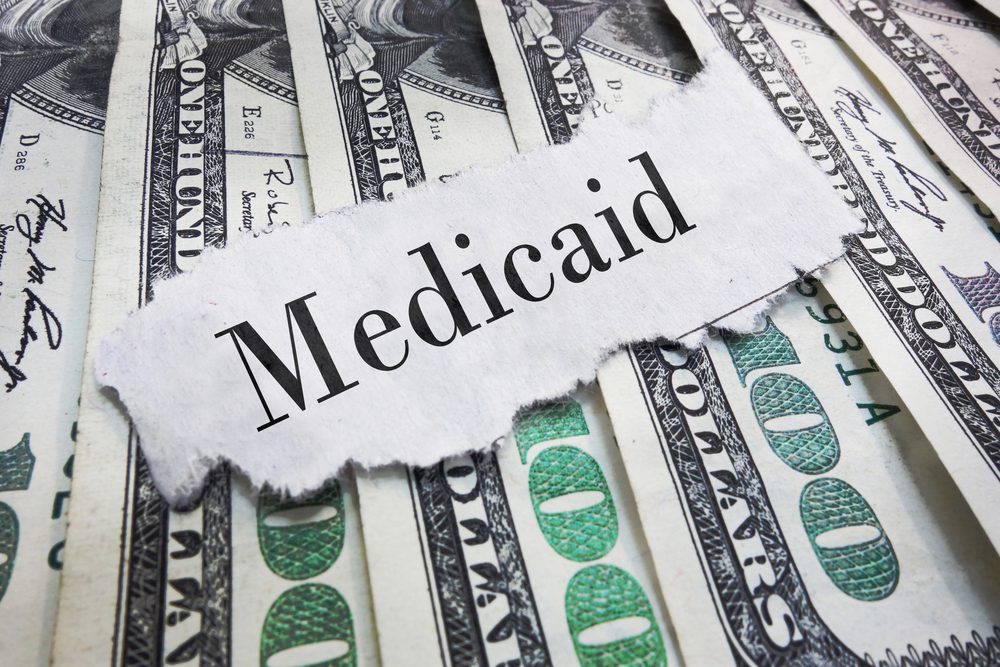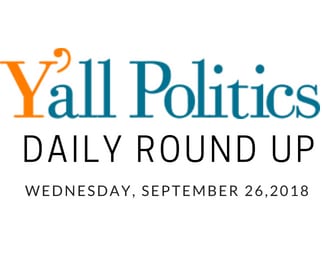
Studio portrait of Sid Salter. (photo by Beth Wynn / © Mississippi State University)
By: Sid Salter
In the old days, a long drive on a state highway through stretches of rural Mississippi were a reasonably reliable barometer of the voter support or at the very least the fiscal health of a statewide campaign. All one had to do was count the billboards and yard signs.
Billboards covering a wide, strategic area of small- to medium-sized towns coupled with a strong presence of yard signs actually in people’s private yards were certainly not a guarantee that a candidate would win – but it signaled strength, organization and a modicum of voter intensity for the candidates who could make that kind of splash.
Yeah, went the old saying, “but yard signs don’t vote!” No, but the people displaying the signs in their yards usually did vote. But that little slice was election lore was back in the days when posts held up fences and tweets were only for the birds.
Today, social media dominates the American (and global) political landscape. According to market research and consumer data source Statista.com, between 2014 and 2018, Facebook featured 295.41 million political ads sponsored by non-profit advocacy organizations, 151.67 million ads from politicians, 128.57 million ads from candidates, 127.93 ads from political organizations or parties, and 101.43 million political ads from individuals.
Over four years, that’s 805 million political ads on Facebook alone. But that’s really only the tip of the social media iceberg. Some 73 percent of U.S. adults told the Pew Center that they interact on the video-driven social media site YouTube while 68 percent of those same adults told Pew they were on Facebook.
But that same Pew Center study found that 78 percent of young Americans aged 18-to-24 used Snapchat and 71 percent of the same demographic use Instagram multiple times daily. Twitter is popular with 45 percent of young U.S. adults, but only about 24 percent of all U.S. adults are on Twitter.
Despite the proliferation of social media usage in all age groups, partisan influences how social media audiences react to information gleaned on social media. The same Statista.com data from August shows that in assessing the credibility of President Donald Trump’s Tweets, Democrats believe as follows: Believe all, 3 percent; Believe most, 4 percent; Believe half, 6 percent; Believe some 12 percent; Believe none, 68 percent; Not sure, 6 percent.
But in assessing the same Trump Tweets, Republicans believe as follows: Believe all, 14 percent; Believe most, 39 percent; Believe half, 11 percent; Believe some 15 percent; Believe none, 7 percent; Not sure, 14 percent.
So how much does social media actually move the needle in Mississippi elections? It is undeniable that social media plays a significant role in how campaign strategies are deployed and in both how candidates market themselves and how candidates in turn attack their political opponents. Likewise, online news sources are commanding an increasing share of eyeballs in the dissemination of campaign news and issue-oriented information that impacts elections.
The answer? First, Mississippi remains the second least-connected state behind Alaska with about 37 percent having no access to broadband. Up until the last three years, Mississippi was the least-wired state.
Second, the 2018 Pew Center study indicated a key fact – that while 20 percent of those online really like “seeing lots of political posts and discussions” there’s almost twice as many online (37 percent) who say they are “worn out by how many political posts and discussions they see” and a full 59 percent report that the experience of getting political information online is “stressful and frustrating.”
Then there’s this: The frustration expressed about online politics is bipartisan, according to Pew. Some 38 percent of Democrats and 37 percent of Republicans “feel that conversations they see on social media are angrier and less civil than in other venues where conversations occur.”
Like the yard signs and billboards of my youth, a long drive on the Internet can be illuminating and suggest certain strengths and outcomes. But we truly are at a point in the digital divide in Mississippi in which Facebook posts – no matter how angry or belligerent and no matter whose ox is getting gored – really doesn’t reliably translate into votes.











